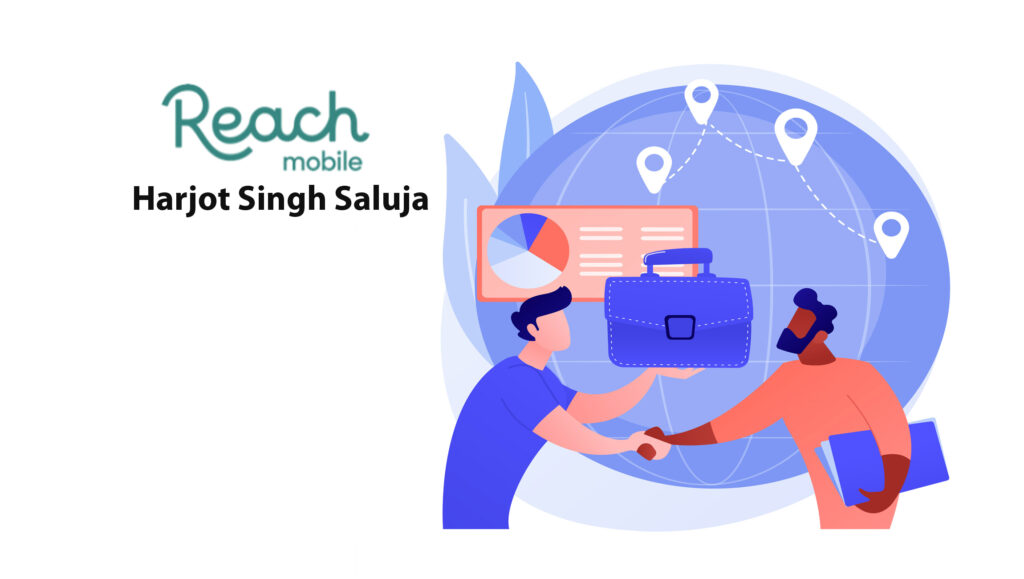As a general rule, consumers have been conditioned to expect less. Many are surprised by a friendly customer service rep or a policy that bends in their favor. Consumers are accustomed to being lured in by too-good-to-be-true deals, only to be disappointed by gotchas. They anticipate companies will walk back on their promises, because that’s just the way it is. The bar is set too low.
Although customers may expect to be disappointed, many won’t tolerate it for long. More than 58% of customers leave following poor customer service, which hits your bottom line and your reputation. The reality is, no company sets out to provide a horrible customer experience; nor do most customer service reps enjoy ruining your day. More commonly, companies that routinely disappoint (or infuriate), and eventually lose their customers simply don’t have the right formula in place. The key to raising the bar for better service is having: a good product, no fine print (just deliver on the promise), a team empowered with tools and autonomy, and common sense.
Read More: Automating Sales: All Your Apps And Data, All Working Together
1) Deliver better experiences to build trust
So how can brands build trust among customers? Considering how their underlying skepticism affects purchase behavior, a great way to build trust is by delivering better experiences for customers. Iconic brands like JetBlue, Zappos, Wayfair and USAA stand out in their respective industries for this exact reason – the promise of better service and (most importantly) the follow-through. And thanks to these brands, customers today know what really great customer service feels like and expect the same, or higher standard of service, from every other brand they interact with. Customers no longer compare a brand with another in the same industry, but with the best they have ever come across. Think of what you really liked during your interactions with your favorite brands. How can you incorporate similar experiences (and other innovative experiences) for your own brand, and raise the bar?
2) Customer-centric businesses deliver better experiences
While this formula to raise the bar may seem simplistic, it necessitates a significant shift in the way certain businesses work. Businesses that intend to be customer-centric have to commit to putting the customer first. Fair policies, seamless user experiences and helpful after-sales service are just the basics to implement the customer-first approach. Brands that manage to do that, earn the loyalty of their discerning customers, see repeat purchases, receive positive feedback, recommendations and so much more. And this is supported by reports that reveal 89% of customers are more likely to make a repeat purchase, and 80% will recommend your brand to a friend or family following a positive customer service experience. On the flip side, a significant percentage of customers will dissuade others about a brand they had a negative experience with. Anticipating what your customer needs is an excellent way to ensure a positive customer experience. It often helps avert problems even before it happens, thereby saving your customer service team a great deal of time and hassle.
3) Know thy customer
And when it comes to anticipating the customers’ needs and expectations, no one has a better grasp on what they require than the customer success team. While answering all sorts of questions and addressing concerns on calls, chat, social media and emails, the customer service team gets constant feedback (positive and negative) about the product or service. And so, it is imperative for a business to empower their customer service team with all necessary information and resources, the independence to take decisions, and a voice in product and policy making decisions.
Track feedback efficiently
Choosing the right customer service team can make all the difference. Empathy, compassion, and immense patience are valuable traits for a good customer service agent. Apart from these traits, it is also important for the organization to have a smooth process in place to register complaints, and track the progress and resolution. A customer-focused business needs to ensure that customers don’t have to repeat their concern or problem over and over again to different agents when they reach out to customer service. If your organization has a bot to handle the initial part of the conversation, the agent who then takes over should ensure that the information shared by the customer is safely filed so that they do not have to repeat themselves.
Consistency is key
Another important point to note here would be consistency. No one likes to be told 10 different answers to their problem across multiple interactions. In order to avoid this, many organizations employ software that captures historical and real time data making it simpler for the agents to better understand the underlying problem and offer consistent solutions to it. With such comprehensive data at their fingertips, the customer service agents are empowered to be more agile and creative in their responses, creating a better experience for those involved.
Read More: Why Greater Technology Adoption Can Actually Create More Manual Work
Raising the bar doesn’t cost – it pays
This shift to a customer-centric business may seem quite complex in some ways. While some brands may have figured out most of the pieces, others may require a mindset shift. Straightforward policies, seamless product experience and helpful customer service are remarkably simple (yet powerful) traits to stand out in today’s competitive world. By keeping the focus on the customer at every stage of the customer journey, brands can understand and predict customer behavior and expectations, thus earning the loyalty of those customers looking to settle for more. Raising the bar doesn’t cost – it pays!
Read More: What Makes A Top Sales Rep Tick?





















